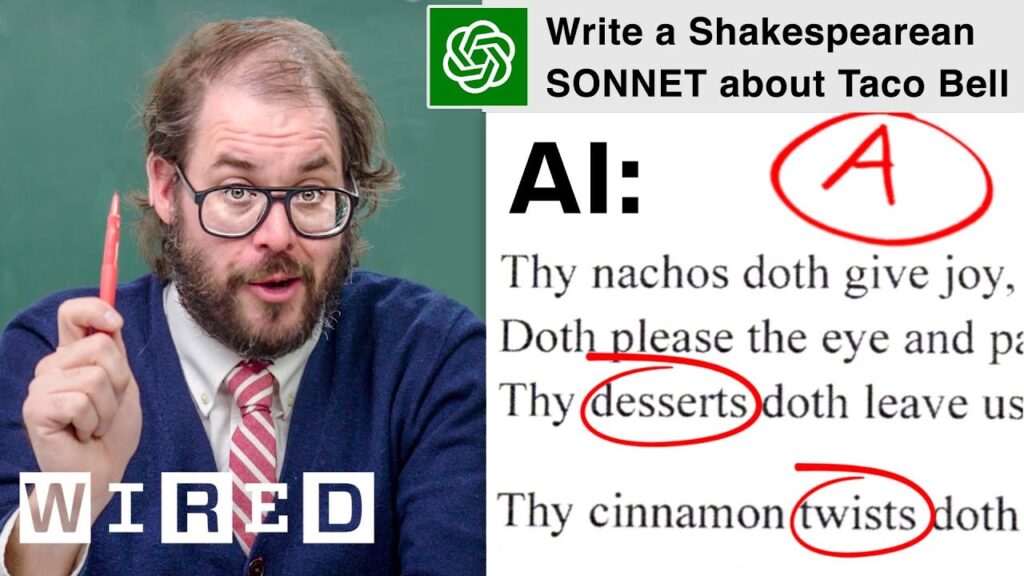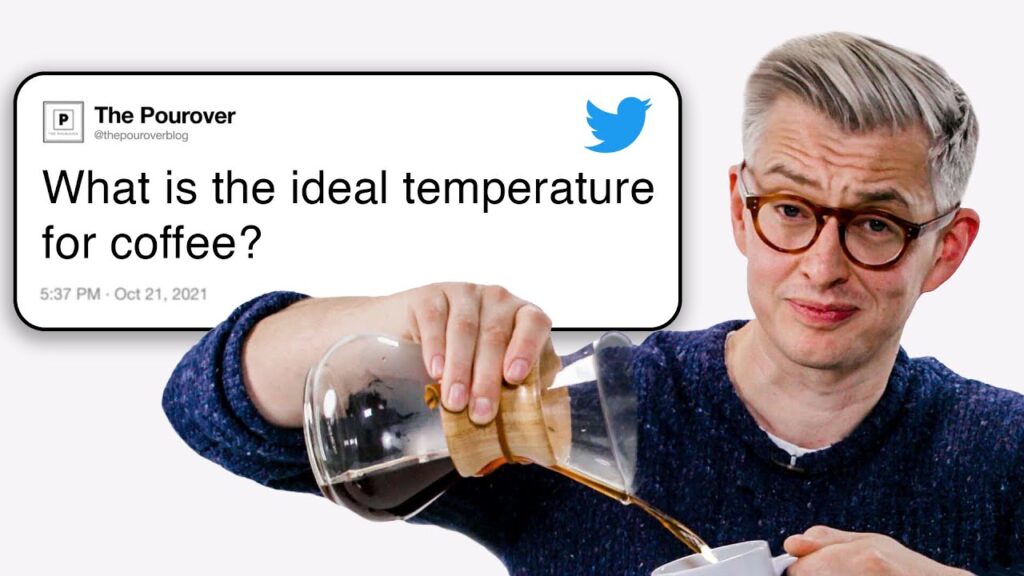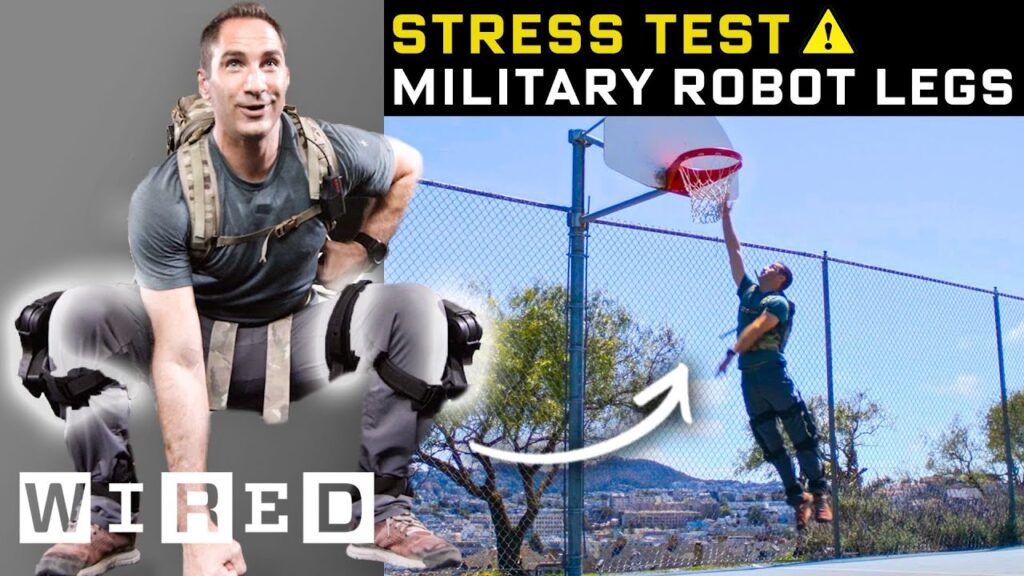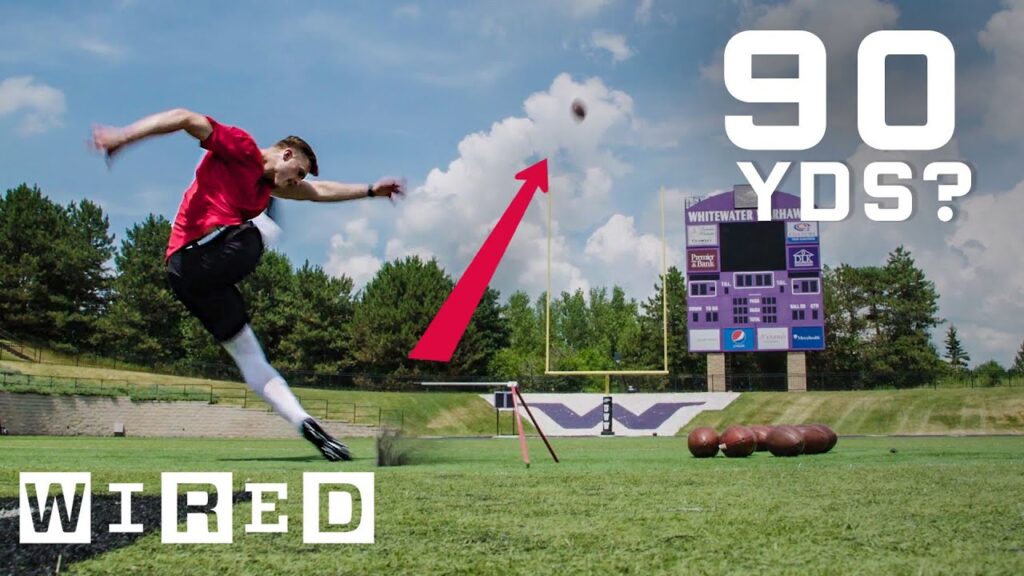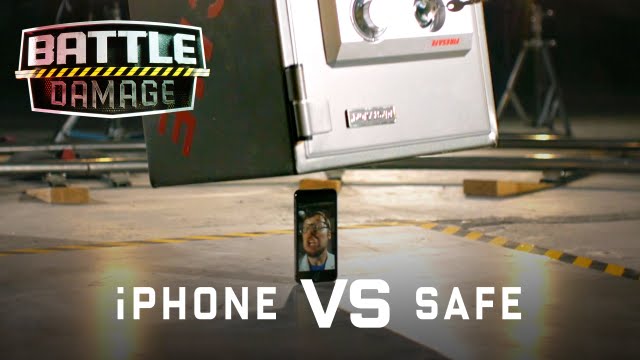Simulating Complex and Deformable Foods for Robots: Challenges and Solutions
Summary
In this article, we discuss the challenges of simulating complex and deformable foods for robots and the difficulty in accurately modeling the physics of interactions with objects. We suggest that imitation learning algorithms are more promising for handling non-rigid deformable objects and that providing more structure and support can make robot learning more efficient. We also discuss the challenge of building simulators that match reality and suggest using machine learning to learn about physics and build physics simulators based on real data.
Table of Contents
- The Challenges of Simulating Complex and Deformable Foods for Robots
- Imitation Learning Algorithms for Non-Rigid Deformable Objects
- Building Simulators that Match Reality
- Conclusion
The Challenges of Simulating Complex and Deformable Foods for Robots
Simulating complex and deformable foods for robots is a challenging task. The physics of interactions with objects is difficult to accurately model, and this can lead to errors in the behavior of the robot. One potential solution is to use imitation learning algorithms, which can learn from demonstrations of a task rather than being explicitly programmed to perform it. This approach has shown promise for handling non-rigid deformable objects, such as food.
Imitation Learning Algorithms for Non-Rigid Deformable Objects
Imitation learning algorithms can be more effective for handling non-rigid deformable objects because they can learn from examples of how humans interact with these objects. This approach can be particularly useful when dealing with complex and deformable foods, as it can be difficult to model the physics of interactions accurately. By learning from demonstrations of how humans interact with these objects, robots can more accurately replicate these interactions.
Building Simulators that Match Reality
Another challenge in simulating complex and deformable foods for robots is building simulators that match reality. Machine learning can be used to learn about physics and build physics simulators based on real data. This approach can help to ensure that simulators are accurate and can be used to train robots to interact with complex and deformable objects more effectively.
Conclusion
In conclusion, simulating complex and deformable foods for robots is a challenging task, but there are solutions available. Imitation learning algorithms can be effective for handling non-rigid deformable objects, and building simulators that match reality can help to ensure that robots can interact with these objects more effectively. By addressing these challenges, we can make significant progress in developing robots that can perform complex tasks in a variety of environments.
